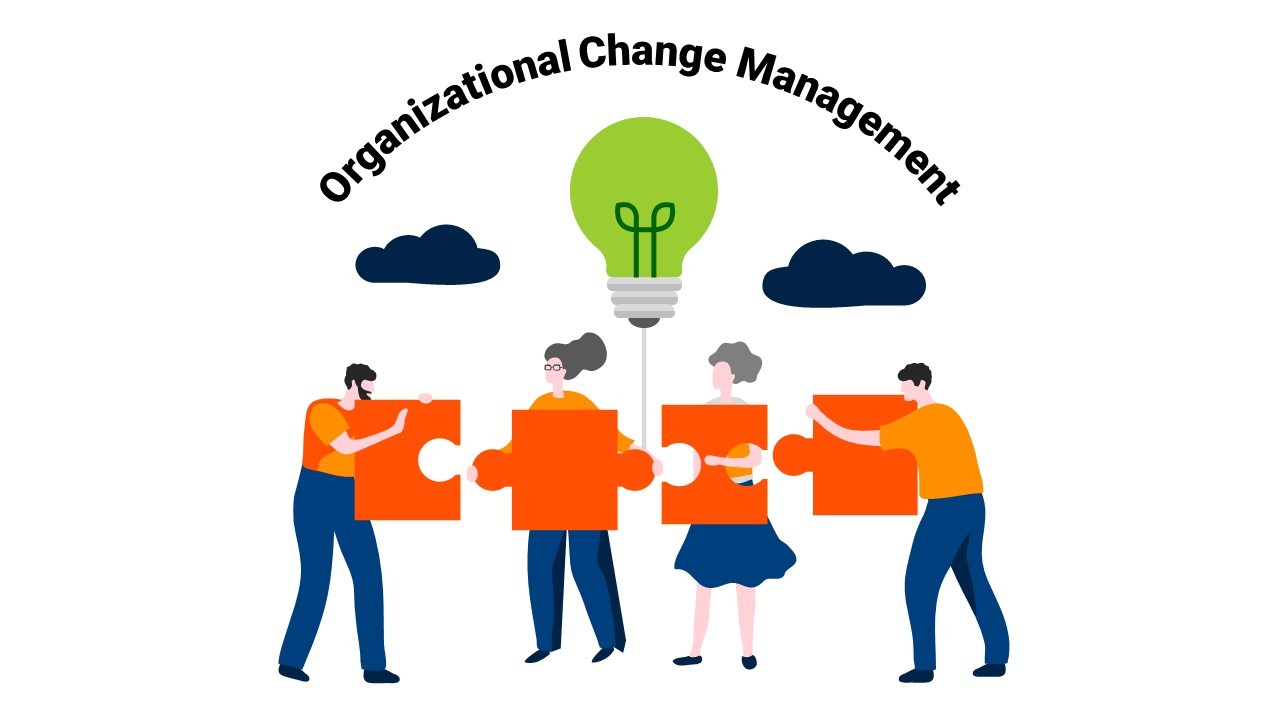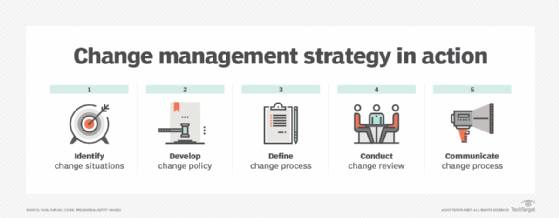Organizational change management involves understanding the reasons and effects of change, clearly communicating objectives and benefits, engaging employees, leading effectively, addressing resistances, and continuously evaluating and adjusting the process. It is essential for helping organizations adapt and thrive in changing environments.
Understanding Change: Before implementing any change, it is crucial to understand why it is necessary and how it will affect the organization. This involves identifying the drivers of change, the areas affected, and potential resistance.
Effective Communication: Clear and transparent communication is fundamental for gaining employee support and mitigating resistance to change. Leaders should communicate the change objectives, expected benefits, and how it will affect different levels of the organization.
Employee Engagement: Involving employees in the change process can increase their commitment and reduce resistance. This may involve participation in working groups, regular feedback, and training to acquire new skills necessary for the change.
Effective Leadership: Leaders play a crucial role in change management, providing direction, support, and motivation throughout the process. They should role-model the desired change and be willing to address concerns and challenges that arise.
Resistance Management: Resistance to change is likely to arise in any organization. Identifying and addressing employee concerns, providing information and support, and fostering a culture of openness and trust can help overcome these resistances.
Evaluation and Adjustment: It is important to continuously monitor and evaluate the progress of change to identify areas for improvement and make adjustments as necessary. This may involve reviewing implementation plans and strategies, as well as gathering feedback from employees.
Analysis of the need for change: Understanding why change is necessary and how it will impact the organization.
Strategic change planning: Developing a detailed plan that includes clear objectives, implementation strategies, and resource allocation.
Effective communication: Establishing clear and transparent communication about the change objectives, expected benefits, and how it will affect employees.
Leadership and commitment: Obtaining commitment from organizational leaders to drive change and serve as role models.
Employee involvement: Including employees in the change process by giving them the opportunity to participate, express concerns, and contribute ideas.
Resistance management: Identifying and addressing resistance to change proactively, providing support, and addressing employee concerns.
Training and development: Providing training and skill development necessary for employees to adapt to change and succeed in their new roles.
Evaluation and monitoring: Regularly evaluating change progress, identifying areas for improvement, and making adjustments as necessary to ensure long-term success


